There is more settings profiles support in v1.71, see v1.71 Release Notes: Settings Profiles
In this milestone, we added CLI support for Settings Profiles feature.
You can now pass the name of the profile using --profile arg and open
a folder or a workspace using that profile. Following instruction
opens the web-sample folder with the Web Development profile. If the
profile does not exist, a new empty profile with the given name is
created.
code ~/projects/web-sample --profile "Web Development"
We also added support for Temporary Settings Profile that can be
created and associated to a folder or workspace temporarily. This
profile gets auto deleted once it is not associated to any folder or
workspace.
Expanded support for "profiles" will be in a preview state in vscode v1.69. From release notes: settings profiles:
A Settings Profile comprises of settings, keyboard shortcuts,
extensions, state, tasks, and snippets. You can customize VS Code for
different development environments like Web, Machine Learning, or for
multiple programming language classrooms like Python, Java or for
personal modes like Work or Demo and save them as Settings Profiles.
You can open multiple workspaces (folders) with different profiles
simultaneously based on the projects you are working on or the
classroom you are attending to or when you are presenting.
Below demonstrates customizing VS Code for web development environment
and creating a settings profile out of it.

[more gifs from the release notes omitted here]
You can open your React project in web development profile and Python
class project in Python class profile simultaneously as shown in the
following picture.

"workbench.colorCustomizations": {
"statusBarItem.settingsProfilesBackground": "#ce4918",
"statusBarItem.settingsProfilesForeground": "#e0dfdb",
}
You can manage and remove settings profiles using the Remove Settings Profile... action available in the Settings Profiles sub menu in
Settings gear menu.
Even though you can customize VS Code per profile, there are some
which can be customized only at application level. For example, all
application scoped settings like update.mode, language pack
extensions, settings sync enablement and workspace trust state shall
be customized across all profiles at application level.

